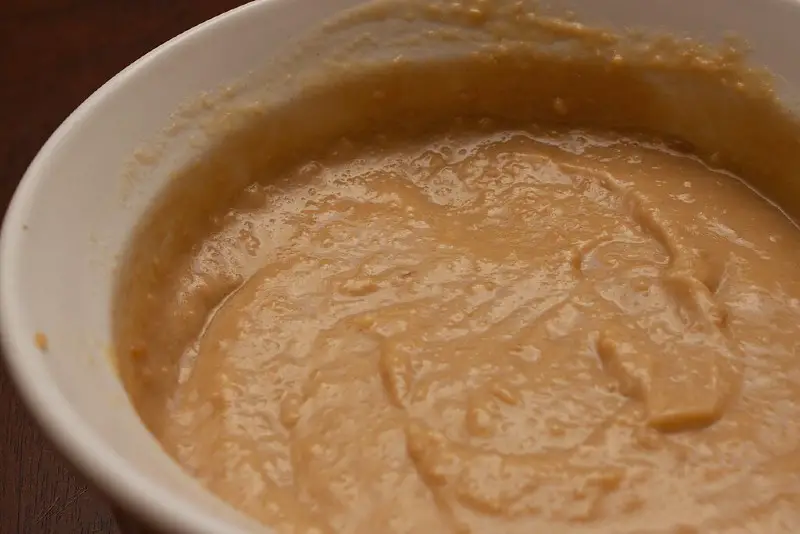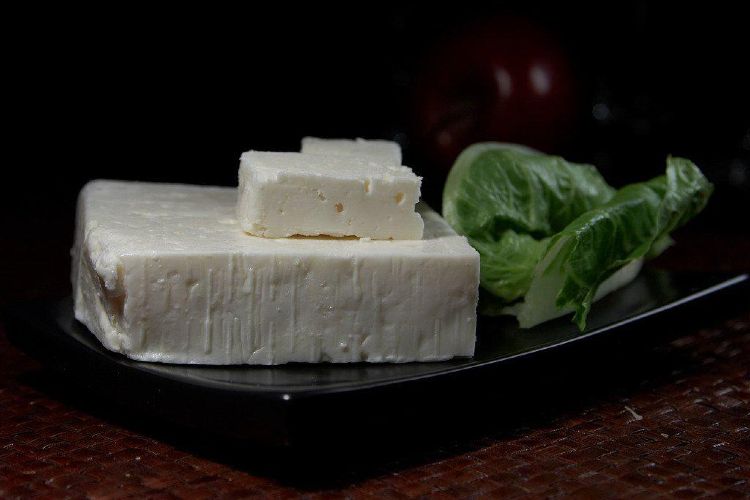What Does Miso Taste Like?
Quick Answer
Miso has a complex flavor profile that is generally salty, umami-rich, and can also have elements of sweetness or earthiness depending on the type. White miso tends to be mild and slightly sweet, while red miso is more intense with a rich, earthy, and sometimes slightly bitter taste. The flavor can also vary based on the length of fermentation and the grains used in its production.
What is Miso?
Miso is a traditional Japanese seasoning made by fermenting soybeans with salt and a type of fungus called Aspergillus oryzae, also known as Koji.
Depending on the variety, miso can also include other ingredients like rice, barley, or other grains.
It is used in various forms, such as pastes or powders, and is a foundational element in Japanese cuisine, commonly used in soups, marinades, and sauces to add depth and complexity of flavor.
What Does Miso Taste Like?
The flavor of miso can vary widely depending on the type, but it is generally salty, umami-rich, and can have varying degrees of sweetness and earthiness. Here’s a breakdown of some common types of miso and their flavors:
White Miso (Shiro Miso)
Description of its Flavor
White miso is the mildest form of miso and is characterized by a slightly sweet, subtly salty, and delicate flavor. It’s not as pungent as other forms of miso, which makes it ideal for lighter dishes.
Yellow Miso (Shinshu Miso)
Balanced Flavor Profile
Yellow miso strikes a balance between the mildness of white miso and the robustness of red miso. It has a moderately salty, umami flavor with a subtle sweetness.
Red Miso (Aka Miso)
Deep, Earthy, and Sometimes Bitter Flavors
Red miso is fermented for a longer period, resulting in a more complex, intense flavor profile. It has rich, salty, and umami qualities, along with earthy and sometimes slightly bitter undertones.
Barley Miso (Mugi Miso)
Strong, Rich Flavor
Made predominantly from barley, this miso has a very strong and somewhat nutty flavor. It’s rich in umami and can have a more pronounced saltiness.
Mixed Miso (Awase Miso)
Balanced and Versatile Flavor
This is a blend of two or more types of miso, resulting in a well-balanced, complex flavor that usually combines the mild sweetness of white miso with the depth of red or brown miso.
FAQs
What Is The Basic Taste Profile Of Miso?
Miso generally has a salty, umami-rich flavor. It can also possess varying degrees of sweetness, bitterness, and earthiness, depending on the type and length of fermentation.
Does All Miso Taste The Same?
No, there are different types of miso like white, yellow, red, barley, and mixed miso, each with its unique flavor profile. White miso is mild and slightly sweet, while red miso is deeper and can be earthy or slightly bitter.
How Does The Fermentation Process Affect The Taste Of Miso?
The length of fermentation plays a big role in the flavor. Shorter fermentation results in a milder flavor, while longer fermentation leads to a more complex, intense taste.
Can Miso Be Used In Sweet Dishes?
While miso is generally associated with savory dishes, its mild types like white miso can be used in sweet applications such as desserts and sauces to add a hint of umami complexity.
Is The Saltiness Of Miso Overpowering?
Miso is quite salty, but its umami character balances the saltiness, making it a well-rounded flavor enhancer. It’s usually used in moderation to prevent dishes from becoming too salty.
Can I Use One Type Of Miso As A Substitute For Another?
While one type of miso can be used as substation for another type of miso, each type of miso has its own unique flavor profile, so the taste of the dish may change. If you’re in a pinch, opt for mixed miso or yellow miso as they are more versatile.
What Are Common Foods That Pair Well With Miso?
Miso pairs well with a variety of foods, including vegetables, fish, meats, and tofu. It is also commonly used in soups, marinades, dressings, and sauces.
Is Miso Only Used In Japanese Cuisine?
While miso originates from Japan, its versatility has made it popular in various international cuisines. It’s used in fusion dishes, vegan cooking, and as a general flavor enhancer.
Does Miso Contain Gluten?
Most miso made purely from soybeans, salt, and koji is gluten-free. However, barley miso and other types made with grains containing gluten are not. Always check the label if you have dietary restrictions.
How Can I Taste Miso On Its Own To Understand Its Flavor?
To get a sense of its flavor, you can dilute a small amount of miso in warm water and taste it. You can also spread a thin layer on a slice of cucumber or add a small dab to a spoonful of rice.
How Can Miso be Used?
Miso is an incredibly versatile ingredient that can be used in a wide range of dishes. Here are some common uses:
- Miso Soup: Perhaps the most famous use of miso, a simple soup often consisting of miso paste, dashi (a type of broth), seaweed, and tofu.
- Marinades: Miso can marinate meats and vegetables, adding a rich, umami flavor.
- Dressings and Sauces: It can be whisked into salad dressings, stir-fry sauces, or even gravies.
- Dips and Spreads: Mix miso with ingredients like tahini, garlic, or yogurt to create unique spreads and dips.
- Desserts: Surprisingly, the slightly sweet character of white miso can enhance certain desserts like cookies or caramel sauces.
How To Choose the Best Kind Of Miso For First Use?
If you’re new to miso, a good starting point is yellow miso (Shinshu miso). It offers a balanced flavor that’s neither too mild nor too intense, making it versatile for many dishes, from soups to marinades.
What Does Miso Soup Taste Like?
Miso soup typically has a comforting, savory flavor characterized by the richness of umami. The taste can range from salty and slightly fishy (due to the dashi) to more earthy, depending on the type of miso used. Additions like seaweed and tofu contribute additional layers of flavor.
What Does White Miso Taste Like?
White miso is the mildest form and has a lightly sweet, subtle taste. It’s less salty compared to other types, and often it’s described as slightly buttery with a hint of nuttiness. It’s an excellent introduction to miso if you prefer milder flavors.
What Tastes Similar to Miso?
While there’s nothing quite like miso, some similar-tasting ingredients could include soy sauce, tamari, and certain fermented bean pastes like doenjang (Korean) or doubanjiang (Chinese). These also offer salty and umami flavors but lack the complexity of miso.
Does Miso Taste like Peanut Butter?
Miso and peanut butter are quite different in flavor. Miso is salty, umami, and can be slightly sweet or earthy, depending on the type. Peanut butter is nutty and can be sweet or salty depending on the brand. They don’t taste the same but could be mixed in some fusion dishes for a unique flavor profile.
Is Miso an Acquired Taste?
Miso’s strong umami flavor might be unfamiliar to some palates, particularly those who haven’t frequently consumed fermented foods. However, its versatility and different types make it easier to find a version that suits your taste. White miso, for instance, is a milder option suitable for those new to miso.



